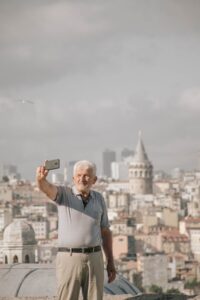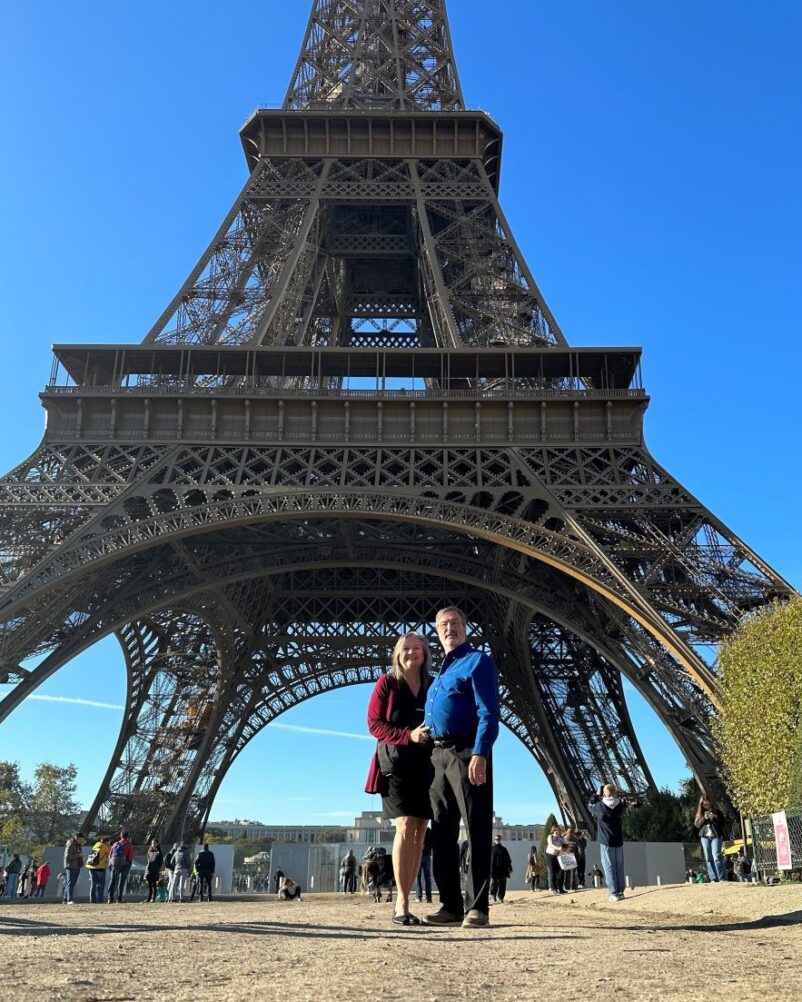
If international travel isn’t complicated enough for Americans with extensive passport processing delays and flight hiccups, add another inconvenience to the list come 2024.
If Europe is calling to you to visit next year, know that a type of visa will also be required for travel to Europe. When the European Travel Information and Authorization System (ETIAS) debuts in 2024, it will require all visa-free visitors choosing to travel to Europe to apply for travel authorization and be approved prior to departure.
Now before you think of the travel horrors sometimes attached to visa applications, this is not the same beast. In fact, it typically only requires a quick online application and a little money (less than $10). Most travelers will be granted a travel authorization, which is sent by email, within an hour or so. However, if further checks are needed, the process could take up to 4 days.
The good news is that once this simple, although inconvenient, approval is received, it’s valid for multiple entries for your travel to Europe over a three-year period, or until your current passport expires.
And before you whine too much, know that its purpose of increasing border security as well as digitally screen and track travelers coming and going, its very similar to the requirement for visitors traveling to the United States. That program is called Electronic System for Travel Authorization (ESTA). So, it’s fair for these authorizations to work both ways.
Details About New European Authorization for Travel to Europe
The new European authorization for travel to Europe will be required for travel to all ETIAS countries. They include full Schengen members (such as Germany, Sweden, France, and Italy), European Free Trade Association (EFTA) countries like Iceland, Switzerland, and Norway; future Schengen members like Bulgaria; and European microstates like Monaco and the Vatican City.
 If it sounds complicated, it isn’t really. Once you know where you’d like to travel, the typical next step has always been to do your research and find out the steps involved to be able to get there. It may be another important aspect of your travel planning, but it’s in the interest of security and safety, after all.
If it sounds complicated, it isn’t really. Once you know where you’d like to travel, the typical next step has always been to do your research and find out the steps involved to be able to get there. It may be another important aspect of your travel planning, but it’s in the interest of security and safety, after all.
In addition, it’s important to note that the length of time Americans can choose to spend in their travels in Europe as a tourist isn’t changing. It will remain that U.S. Passport holders can stay up to 90 days within a 180-day period. For stays that are longer than that, a special visa is required.
Americans have long loved the ability to travel to Europe, and it’s no surprise why. There is so much to see and do, there are countless transportation options to get around when there, and many like to go visit to reconnect with their European heritage. Travel to Europe isn’t expected to slow down with this new requirement, either. So, if you want to go, don’t hesitate. Just remember this important additional step so that you don’t have any travel problems when it comes time to depart.
Which Countries Are Visa Free for U.S. Passport Travelers?
It’s true that travel is become somewhat more restrictive with new measures and requirements. Even now, however, American passport holders have been able to travel throughout most of the world without worrying about obtaining a visa. Currently, U.S. Passport holders can travel to 184 visa-free destinations by Henley & Partners global ranking system.
With new systems being put into place to protect citizens, it’s not surprising that extra steps are being implemented for travel to Europe. But, when you think about it, these very measures are what will hopefully enable travelers to have a less stressful and more safe adventure overseas.
Keep up to date with the requirements for travel to Europe.
Speaking of travel, here are more articles we’ve written about international adventures. We will continue to add to the list as we create more content.
Thanks for the support!
Contact Us
Written by
Robin McClure
Robin is the author of 7 parenting books and has 3 grown children, 3 spoiled rescue dogs, and a very understanding husband. She holds a bachelor's degree in journalism and a master's degree in communications, and spends her time writing, drinking coffee, and planning the next grand adventure.



